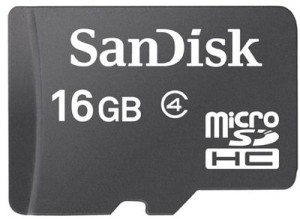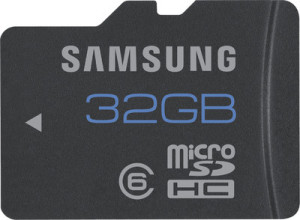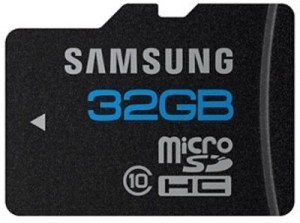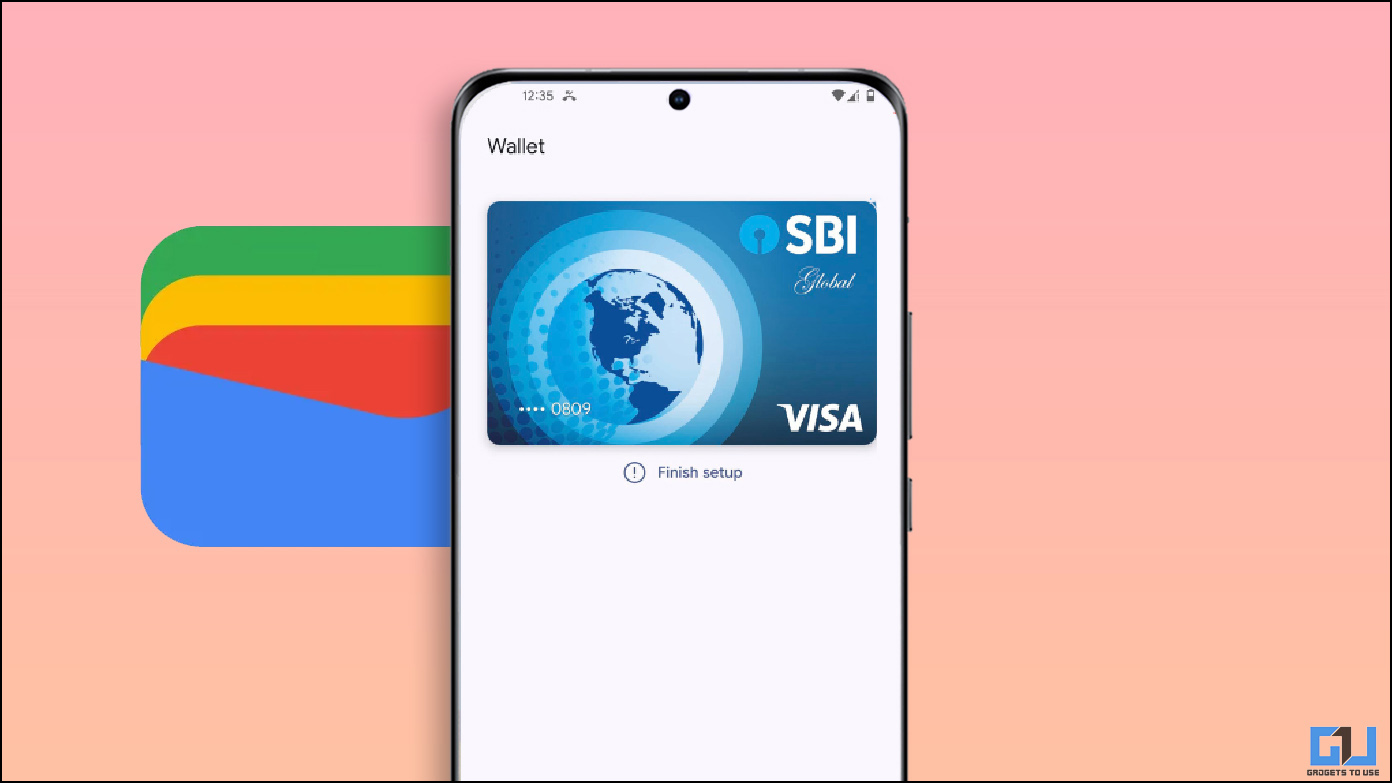We all hear these days that certain devices will support certain amount of expandable memory. But did you know that all memory cards are not the same and they belong to different classes of cards. Yes, each class is different from the other one and not all classes are supported on your devices. Read on to find out more about what are the different kinds of microSD cards and which one fits the bill for you.
A microSD card (SD stands for Secure Digital) is pretty small and has dimensions of just 11 x 15 mm and will easily fit into your smartphone/tablet to allow for expansion of memory. They are available in memory sizes of ranging from 512MB to 128GB these days. What differentiates one from the other is the “class” of the memory card.
There are three types of microSD cards which are microSD, microSDHC and microSDXC. The HC stands for high capacity and XC stands for Extreme capacity. Recently, Sandisk has launched a microSDXC card with a capacity of 128GB in India. The main difference is the memory capacity. Cards supporting more than 32GB of storage space qualify for extreme capacity and more than 2GB but less than 32GB as high capacity units. The ones below it are microSD cards. They are usually of 4 classes: Class 2, 4, 6 and 10.
Class 2 (For budget entry level Android devices below Rs 5,000)
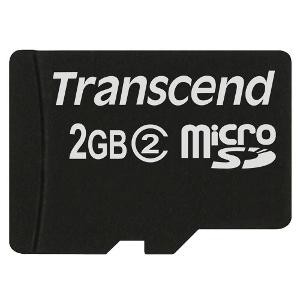
These are the cheapest of the lot and are the most obsolete ones. These have read and write speeds of 2 Mbps but in real world the performance drops further. These allow for recording videos in standard resolution only and can not support HD videos. Seeing the fact that majority of the smartphones these days come with HD video recording at least, these types won’t be able to go beyond the scope of cheaper droids. (smartphones below Rs 5,000 as they don’t support 720p video recording). If you are running applications directly from the microSD card, you won’t really be happy with this class as it does not give a very snappy performance.
Class 4 (For Android devices below Rs 8,000)
Class 4 memory cards support read and write speeds of 4 Mbps when reading and writing data. They allow for HD video recording and will be good enough for majority of the droids costing south of Rs 8,000 as they all support 720p video recording. But then these are slightly old too and aren’t really future proof with new file formats coming in. These will suffice you only if you do not run applications straight from the microSD card and do not play high resolution videos, this would do you enough justice.
Class 6 (Android devices costing more than Rs 8,000)
As the name says, the Class 6 cards allow for read/write speeds of 6 Mbps and support faster processing of pictures, videos and applications. Just in case you are running a custom ROM on your Android and save applications on your microSD card, the read/write speed matters a lot and this is where Class 6 comes in. It will allow for better and faster application processing. It will support 720p video recording too and will work with all the droids on sale currently.
Class 10 (For Android devices costing more than Rs 20,000)
Class 10 is by far the best performer. It supports 1080p video recording and also allows for the ability to take pictures while shooting the videos. These have read/write speeds of 10 Mbps. These support every file format and allow for faster processing of applications too if you are running them from the card itself. You can store your pictures in higher resolution and edit them with ease as well. These are backward compatible so even if you buy it for a 720p device, it will work well with them. These are pretty much future proof so if you upgrade your device in future, these would take care of your memory needs even then. These cost sligthly more than Class 6 units but perform better so they make the maximum amount of sense. If you droid supports 1080p videos, I think the buck stops here.
Conclusion
Keeping in mind the fact that majority of the smartphones sold cost below Rs 15,000, Class 4 and Class 6 cards are the ones which are going to be popular for a while but if you are planning on getting an upgrade soon, Class 10 cards are the way forth.
